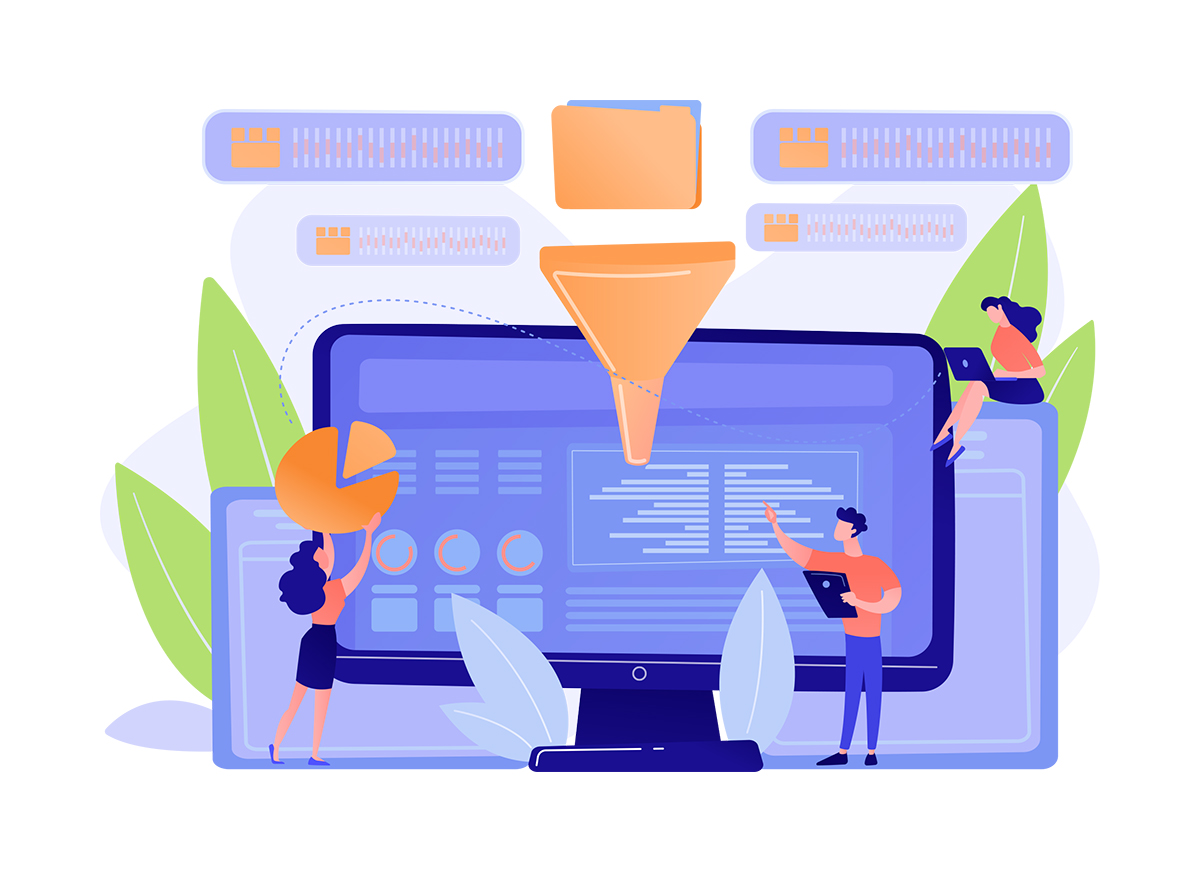
Maximising Your Website's Impact on Your Business's Bottom Line

As a small business owner, your website plays a critical role in driving your business's growth and success. With the rapid growth of e-commerce and online marketing, a well-designed and optimised website can significantly contribute to your bottom line. In this article, we'll explore the importance of an effective website for small businesses, and offer strategies to maximise its impact on your bottom line. Stay tuned and don't forget to sign up for the Limecube newsletter to receive more insightful tips and strategies.
I. The Importance of a Website for Small Businesses
In today's digital landscape, having a website is essential for businesses of all sizes. Here are some reasons why a website is critical for small businesses:
- Credibility and professionalism: A well-designed website can help establish your business's credibility and professionalism, showcasing your products or services and providing potential customers with valuable information.
- Online presence: With 97% of consumers searching online for local businesses (Source: SEO Tribunal, 2020), a website ensures your business has an online presence, making it easier for potential customers to find you.
- Increased sales: A website can help increase sales by enabling customers to purchase products or services online, without the constraints of location or business hours.
- Improved customer service: Your website can serve as a platform for providing customer support, answering frequently asked questions, and engaging with customers through blog posts or social media integration.
- Cost-effective marketing: Digital marketing, including search engine optimisation (SEO) and social media marketing, can be more cost-effective than traditional marketing methods, providing a higher return on investment (ROI).
II. Strategies to Maximise Your Website's Impact on Your Business's Bottom Line1.
1. Responsive Web Design
With 50% of global web traffic coming from mobile devices (Source: Statista, 2021), it's crucial to ensure your website is optimised for different screen sizes and devices. A responsive web design automatically adjusts the layout and content of your site to fit the user's screen, providing a seamless browsing experience. This can help improve user engagement, reduce bounce rates, and boost conversions.
2. User Experience (UX) Optimisation
A well-designed website with a focus on user experience can significantly impact your bottom line. UX optimisation involves improving the usability, accessibility, and overall satisfaction of your website for users. This can include aspects such as site navigation, load times, and content readability. To improve your site's UX, consider conducting user testing, implementing clear calls to action (CTAs), and ensuring your site is accessible to all users, including those with disabilities.
3. Search Engine Optimisation (SEO)
SEO is essential for improving your website's visibility on search engine results pages (SERPs). By optimising your site for relevant keywords, you can attract more organic traffic, leading to increased sales and revenue. To improve your site's SEO, focus on creating high-quality, relevant content, optimising meta tags and descriptions, and building a strong backlink profile.
4. Content Marketing
Content marketing involves creating and sharing valuable content to attract, engage, and convert your target audience. This can include blog posts, videos, infographics, and more. By consistently producing high-quality content, you can establish yourself as an industry expert, build trust with your audience, and ultimately, increase sales. Consider developing a content marketing strategy that focuses on your target audience's needs and pain points, and aims to provide them with valuable, actionable insights.
5. Social Media Integration
Integrating social media into your website can help increase user engagement and drive more traffic to your site. This can include adding social sharing buttons to your blog posts, embedding social media feeds on your site, and linking to your social media profiles from your site's footer or contact page. By actively engaging with your audience on social media platforms, you can build brand awareness, foster customer loyalty, and drive more sales.
6. E-commerce Optimisation
If your website includes e-commerce functionality, it's essential to optimise your online store for maximum conversions. This can involve improving product descriptions and images, simplifying the checkout process, and offering multiple payment and shipping options. Additionally, consider using tools like abandoned cart recovery emails and retargeting ads to encourage customers to complete their purchases.
7. Analytics and Tracking
To maximise your website's impact on your business's bottom line, it's important to regularly monitor and analyse your site's performance. This can help you identify areas for improvement and adjust your strategies as needed. Use tools like Google Analytics and Google Search Console to track metrics such as organic traffic, conversion rates, and user engagement. Additionally, consider setting up conversion goals to measure the effectiveness of your marketing efforts.
8. Ongoing Maintenance and Updates
Regularly updating and maintaining your website is crucial for ensuring its continued success. This can include updating your content, improving site performance, and addressing any technical issues or security vulnerabilities. By keeping your site up-to-date and running smoothly, you can provide a better user experience, maintain your search engine rankings, and ultimately, boost your bottom line.
Conclusion
In today's digital landscape, a well-designed and optimised website is essential for small business success. By implementing the strategies outlined in this article, you can maximise your website's impact on your business's bottom line and drive sustainable growth. Remember, your website is a powerful tool for establishing credibility, attracting new customers, and increasing sales – so make the most of it!
Don't forget to sign up for the Limecube newsletter using the form below to stay up-to-date on the latest tips and strategies for maximising your website's potential.
Build your site in 60 seconds with AI
Limecube's AI Website Builder can get you up and running fast!
Tell us about your website, choose a colour palette and BOOM! It's done!
V10.6.0 - Released
Posted on: 04 March, 2025
Discover Limecube's latest release
Below is a list of release notes covering what is new and improve.....
Read more
How to Cultivate a Culture of Innovation in Your Business
Posted on: 09 April, 2025
From the early days of Limecube, innovation has been at the core of our mission—not because it felt .....
Read more
SUBSCRIBE TO OUR NEWSLETTER
Subscribe to receive updates on new features, themes, tips and tricks to make your website better.
We promise not to spam you! :)
View our privacy policy here.


